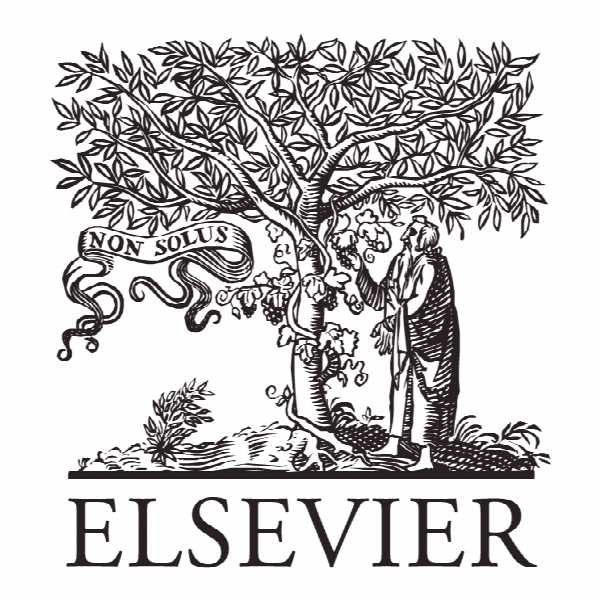دیدگاه مبتنی بر منابع بازاریابی سهامداران A resource-based view of stakeholder marketing
- نوع فایل : کتاب
- زبان : انگلیسی
- ناشر : Elsevier
- چاپ و سال / کشور: 2017
توضیحات
رشته های مرتبط مدیریت
گرایش های مرتبط بازاریابی و مدیریت کسب و کار MBA
مجله تحقیقات بازاریابی – Journal of Business Research
دانشگاه دانشکده تجارت، سن دیه گو، ایالات متحده آمریکا
نشریه نشریه الزویر
گرایش های مرتبط بازاریابی و مدیریت کسب و کار MBA
مجله تحقیقات بازاریابی – Journal of Business Research
دانشگاه دانشکده تجارت، سن دیه گو، ایالات متحده آمریکا
نشریه نشریه الزویر
Description
1. Introduction Stakeholder marketing is beginning to take shape. Drawing on stakeholder theory as its theoretical foundation (Donaldson & Preston, 1995; Freeman, 1984) and on the recent conceptual expansion of marketing’s scope (Keefe, 2008), stakeholder marketing refers to “activities within a system of social institutions and processes for facilitating and maintaining value through exchange relationships with multiple stakeholders” (Hult, Mena, Ferrell, & Ferrell, 2011, p. 57). This concept recognizes the potential of stakeholders (e.g., employees, suppliers, regulators, communities) to influence marketing actions (e.g., Bhattacharya & Korschun, 2008; Ferrell, Gonzalez-Padron, Hult, & Maignan, 2010; Hult et al., 2011; Korschun, 2015). Practitioners are also starting to realize that a simple input–process– output model is no longer sufficient to satisfy customers. Companies such as Allianz, Citigroup, Hyatt, Pfizer, Unilever, and Vodafone have communicated that a cornerstone of their business missions and strategies is to establish and maintain strong stakeholder relationships (e.g., Browne & Nuttall, 2013; Corbat, 2014). Another example of a company that views relationships with all stakeholders as essential is the online shoe and clothing retailer Zappos. Its success is largely attributed to its ability to empower and incentivize a range of company actors to exceed customer expectations and, in turn, strengthen customer–firm bonds (Warrick, Milliman, & Ferguson, 2016). As Zappos CEO Tony Hsieh (2010) puts it, “Customer service shouldn’t be just a department, it should be the entire company” (p. 152). Such developments across different industries illustrate the pressing need for companies to shift from a customer-focused market orientation to a stakeholder orientation (e.g., Ferrell et al., 2010; Maignan & Ferrell, 2004) by recognizing a wider “scope of the ‘actors’ connected to the marketing organization in the marketplace” (Hult, 2011b, p. 528). Unfortunately, a lack of order and structure remains in advancing stakeholder theory (Laplume, Sonpar, & Litz, 2008) and, more specifically, stakeholder marketing. Current research is somewhat limited in its ability to approach stakeholder relationships holistically (see Hillebrand, Driessen, & Koll, 2015). In part, this difficulty results from a misinterpretation of customer centricity (Fader, 2012) as a one-sided, single-minded customer focus. Consequently, the important contribution of other stakeholders to marketing outcomes tends to be overlooked, especially by managers. Researchers have called such widespread disregard for stakeholders other than customers the “new marketing myopia” (Smith, Drumwright, & Gentile, 2010).


